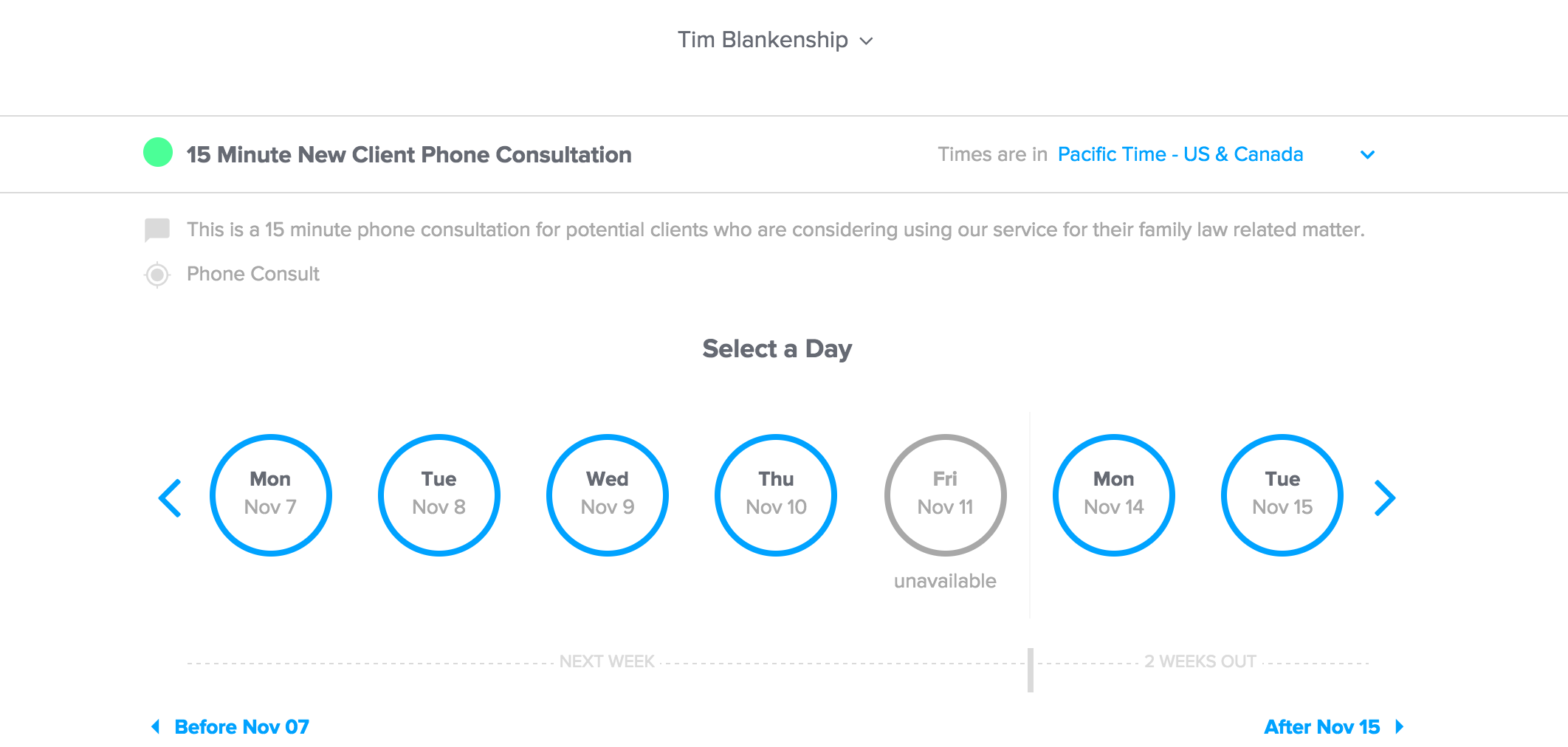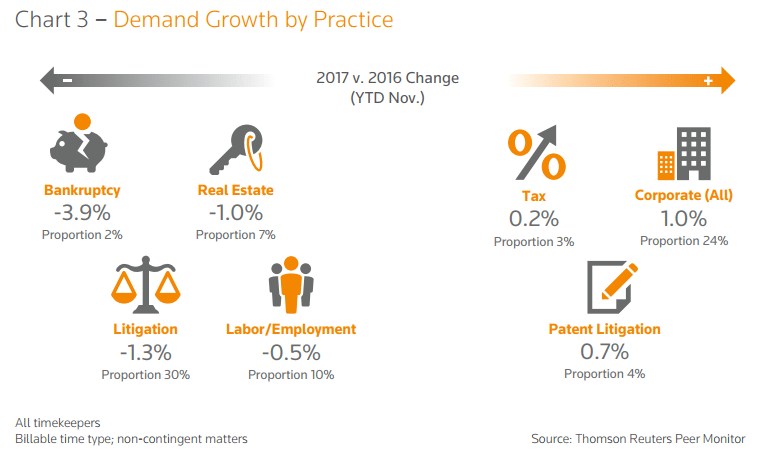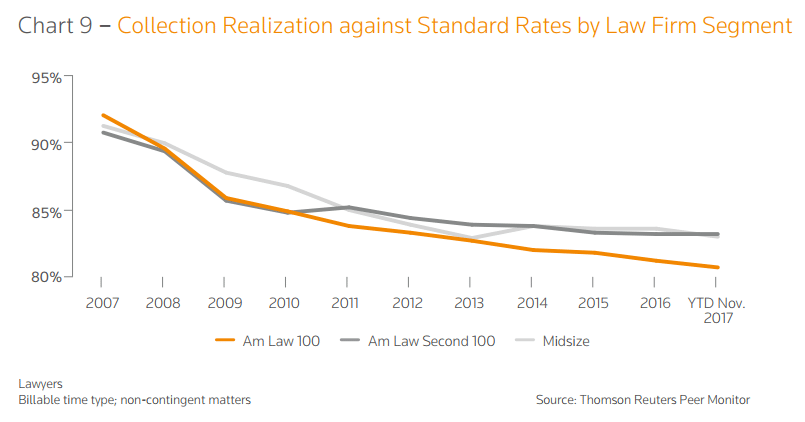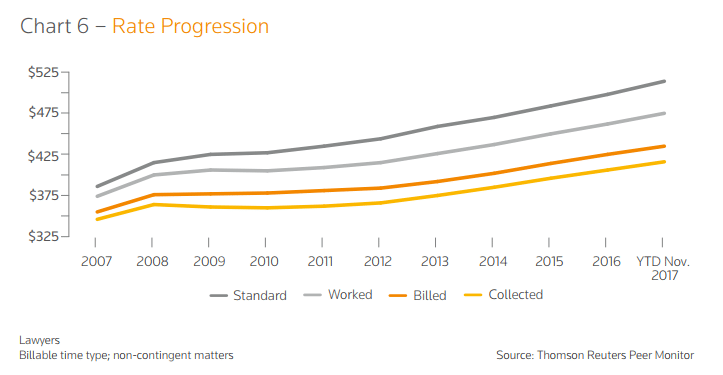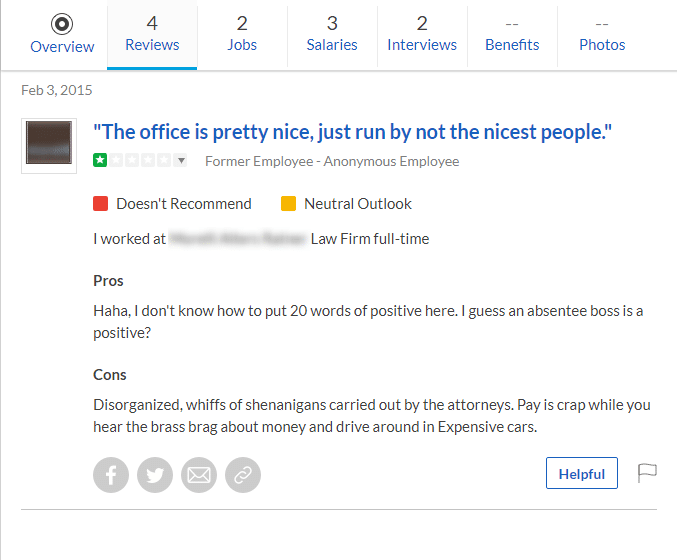Where do legal professionals and technology support teams go to learn about the latest technology and support services in the legal industry? ILTACON 2018.
ILTACON has become the premier networking event for the legal industry. Each year, law schools, law firms, legal aid societies and bar associations, government and judicial professionals to come together to share, learn and grow together.
Here’s a recap of this year’s conference
More than 4,100 legal and technology professionals gathered together to discuss topics like innovation, productivity, collaboration, security and more.
#ILTACON18: Keynote @LisaBodell of @Futurethinktank: We spend only 14% of our time on “real work.” pic.twitter.com/aUfcyznXof
— David Horrigan (@DavidHorrigan) August 20, 2018
…
AN EMPHASIS ON INNOVATION
Innovation was a big theme at this year’s conference. @matthomann shared his thoughts on innovation. @LisaBodell shared a compelling keynote titled “KILL THE COMPANY.
#ILTACON18 @matthomann of @MeetAtFilament on #Innovation: Make unreasonable requests: People may say yes. pic.twitter.com/GOXedwXZ4c
— David Horrigan (@DavidHorrigan) August 23, 2018
…
“The future isn’t about who you are, it’s about who you’re becoming”
Love hearing about the importance of “killing the company’ – food for thought for #biglaw CINOs planning organizational change@LisaBodell #ILTACON18 pic.twitter.com/IXnTzLRet0
— Thomas Hamilton (@tjhammy) August 20, 2018
…
.@ILTANet planning to launch a series of meetings around #innovation in 2019, looking to its members to drive the discussion. #ILTACON18 #WeAreILTA #peerpowered
— Christopher Hunt (@bren924) August 23, 2018
…
ILTA had an incredible presentation from @LisaBodell, award-winning author and CEO of futurethink, for the Monday keynote, KILL THE COMPANY: End the Status Quo, Start an Innovation Revolution. #ILTACON18 #ILTA #WeAreILTA #legaltech pic.twitter.com/aJ8nsUkkkN
— ILTA (@ILTANet) August 20, 2018
…
4100 attendees at #ILTACON18 this year, the biggest ever. Not surprising #innovation is a big theme. pic.twitter.com/6B7XMAXxtu
— Caroline Hill (@chillmedia) August 20, 2018
…
#ILTACON18: #ScottRechtschaffen of @Littler: If you don’t like change, you’re going to like irrelevance even less. pic.twitter.com/Q8LGLO6YPt
— David Horrigan (@DavidHorrigan) August 22, 2018
…
High level themes kept attendees focused on their role. Customers supply us their problems. We provide them with an innovative solution.
Innovation in legal services is not simply about listening to the customer. It is also about seeing what they can’t. #ILTACON18 #innovation pic.twitter.com/sHaANrelhJ
— Cyndy McCollough (@CyndyMcC) August 21, 2018
…
Plenty of discussion and a little bit of disagreement kept engagement high!
Great keynote by @LisaBodell, but it doesn’t address the greatest obstacle to change and innovation in the legal industry, which is the regulatory structure that obstructs innovation. #ILTACON18
— Bob Ambrogi (@bobambrogi) August 20, 2018
Which of course included some much needed wisdom.
#ILTACON18 Wake up law firms, GCs are increasingly using analytics for outside counsel selection and to evaluate performance of law firms and providers. pic.twitter.com/SC3lIS7KEd
— Sarah Ledgerwood Esq (@sarahewood) August 22, 2018
And some sharp words!
A major barrier to legal innovation is idolatry of self-proclaimed soothsayers peddling sound bites and passing off ideas, concepts, stories as their own. Dilutes and distorts what “work” is actually required. #iltacon18 #biglaw
— Joshua Kubicki (@jkubicki) August 21, 2018
…
WINNERS RECOGNIZED
Both peers and organizations were recognized for their contributions to the industry.
Congratulations to our very own Shengshi Zhao from our Forensic and Technology Services team, who has been recognised as the Young Professional of the Year at the @ILTANet Distinguished Peer Awards pic.twitter.com/0ZlrZc05IO
— Clayton Utz (@ClaytonUtz) August 22, 2018
…
JL has been recognized as the “Innovative Law Firm of the Year” by @ILTANet! This award recognizes the development of our #workthruIT platform. Congratulations to Victor Barkalov, Greg Alvarez & everyone involved in JL’s commitment to #innovation! https://t.co/7dh6BaMc7M pic.twitter.com/AnEqgpD3LR
— Jackson Lewis P.C. (@JacksonLewisPC) August 23, 2018
…
.@ILTANet unveiled the winners of its 2018 ILTA Distinguished Peer Awards and for the second year running named @imanageinc as its most innovative solutions provider of the year – Read More https://t.co/y0WkDtGOWS @ILTAConf #ILTACON18 #ILTACON2018 #legaltech pic.twitter.com/Wmlcc9oC4i
— Legal IT Insider (@LegalITInsider) August 23, 2018
…
And here are the winners! ?@LiteraMicro? ?@ILTAConf? #ILTACON18 pic.twitter.com/vHqNXY9CQf
— Caroline Hill (@chillmedia) August 21, 2018
…
EVENTS
Taking a moment to honor the memory of ILTA’s own #SharonSwartworth for her military service. She was killed in 2003 when her Black Hawk helicopter went down over Iraq.
At #ILTACON18: Preparing to honor the memory of #SharonSwartworth for her service to the nation and to @ILTANet pic.twitter.com/lNWeKUgT9O
— David Horrigan (@DavidHorrigan) August 22, 2018
…
A panel on the “end of lawyers” and the “rebirth of the law.”
Another great panel for the Women Who Lead session From the “End of Lawyers” to the “Re-birth of Law” w/ John Fernandez, Berys Amor, Katie DeBord, and Jason Dirkx, and moderated by Camille Reynolds and Michele Gossmeyer. #G068 #ILTACON18 #WeAreILTA #peerpowered pic.twitter.com/KW0LpRkOlf
— Christopher Hunt (@bren924) August 21, 2018
…
Some virtual reality gaming…
One last chance at #ILTACON18 to play our virtual reality games at booth #801 for a chance to win $500. #Trknowsediscovery #legalmanagedservices #ediscoverypoint pic.twitter.com/gcxvr4tOVY
— LegalManagedServices (@Pangea3) August 23, 2018
…
Legal/gaming cosplay…
We’re ready for another great day at #ILTACON2018! Stop by booth 532 to learn abour our team, our #CyberSecurity services, and pick up some phone chargers while you’re there! @ILTANet @RichBurkeCYBER @WesVanDenburg @ZackeryMahon @Phil_Chaves #WeAreILTA pic.twitter.com/Vok7eaB0fe
— Delta Risk (@DeltaRisk) August 22, 2018
…
It was a gamer’s paradise at last night’s exhibit hall opening reception where attendees came dressed in character costumes and played Donkey Kong, Pac Man, and Super Mario Brothers. ILTA thanks all of our amazing business partners! #ILTACON18 #ILTA #WeAreILTA pic.twitter.com/nQo0lTdlY5
— ILTA (@ILTANet) August 21, 2018
…
Highlight of #ILTACON18 #ILTACON2018 opening day? Easily Mario & yoshi playing DDR pic.twitter.com/sLkzj6dH0C
— Rhys Dipshan (@R_Dipshan) August 21, 2018
…
“ASK KILLER QUESTIONS” They’re more important than answers. For instance… with @LisaBodell in the keynote. @ILTAConf #ILTACON18 with @SpecialCounsel @D4discovery @ParkerLynch @Alderson pic.twitter.com/mrRhiL4AGN
— Chuck Kellner (@ChuckKellner) August 20, 2018
SECURITY AND DISASTER RECOVERY
Watch as a 15 year old hacker hacks users in your firm. Head to frightening, yet stimulating panels on data loss and disaster recovery.
The highlight of my #ILTACON18 so far was having the opportunity to introduce the 15 y/o son (@pwned_by_marcus) of a good friend (@BenTheCIO) || He then went on to deliver an epic demo and managed to make hacking look quite easy. Marcus made me never want to use Wi-Fi again. pic.twitter.com/d0G5aMXLJu
— Luke Schnoebelen (@schneby) August 21, 2018
…
My 3 hackers (the ethical kind). Think your firm is secure? ‘Watch a 15 year old hack your firm’s users’ starts on 20 minutes in Annapolis 3 & 4. @ILTAConf #ILTACON18 #hackerclan #hackersintraining pic.twitter.com/o5T5WYFWpw
— Prosperoware (@Prosperoware) August 21, 2018
…
#ILTACON18: @joyfulrush of @LiteraCorp on Crises: More than #DisasterRecovery, e.g., today’s DC rain, kids, etc. pic.twitter.com/uuYDxNwgng
— David Horrigan (@DavidHorrigan) August 21, 2018
…
Security and disaster recovery were important themes at this year’s conference. The recurring message? Law firms aren’t as safe as they believe themselves to be.
ILTACON: A meeting of the minds
ILTA members comprise a broad category of organizations and professionals. The ideas discussed in this year’s conference reinforced a clear but uncomfortable idea.
Change is coming.
Whether we like it or not. Whether we’re prepared for it or not, it’s coming. Panelists were all in agreement. Legal professionals have a difficult choice to make.
Adapt or die.
With the right technology and a network of capable professionals every firm can be prepared. The question is this: Will you be prepared?



